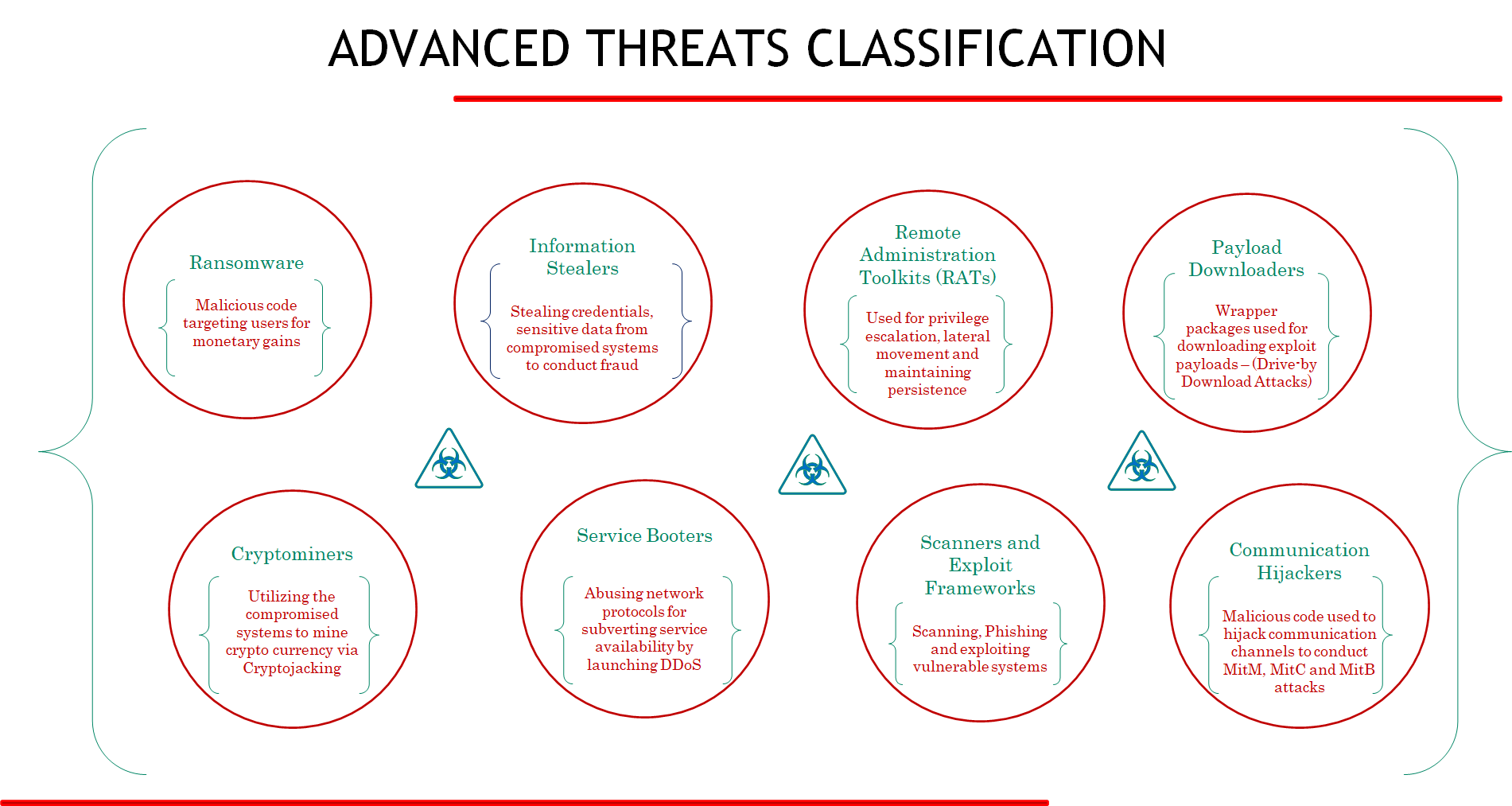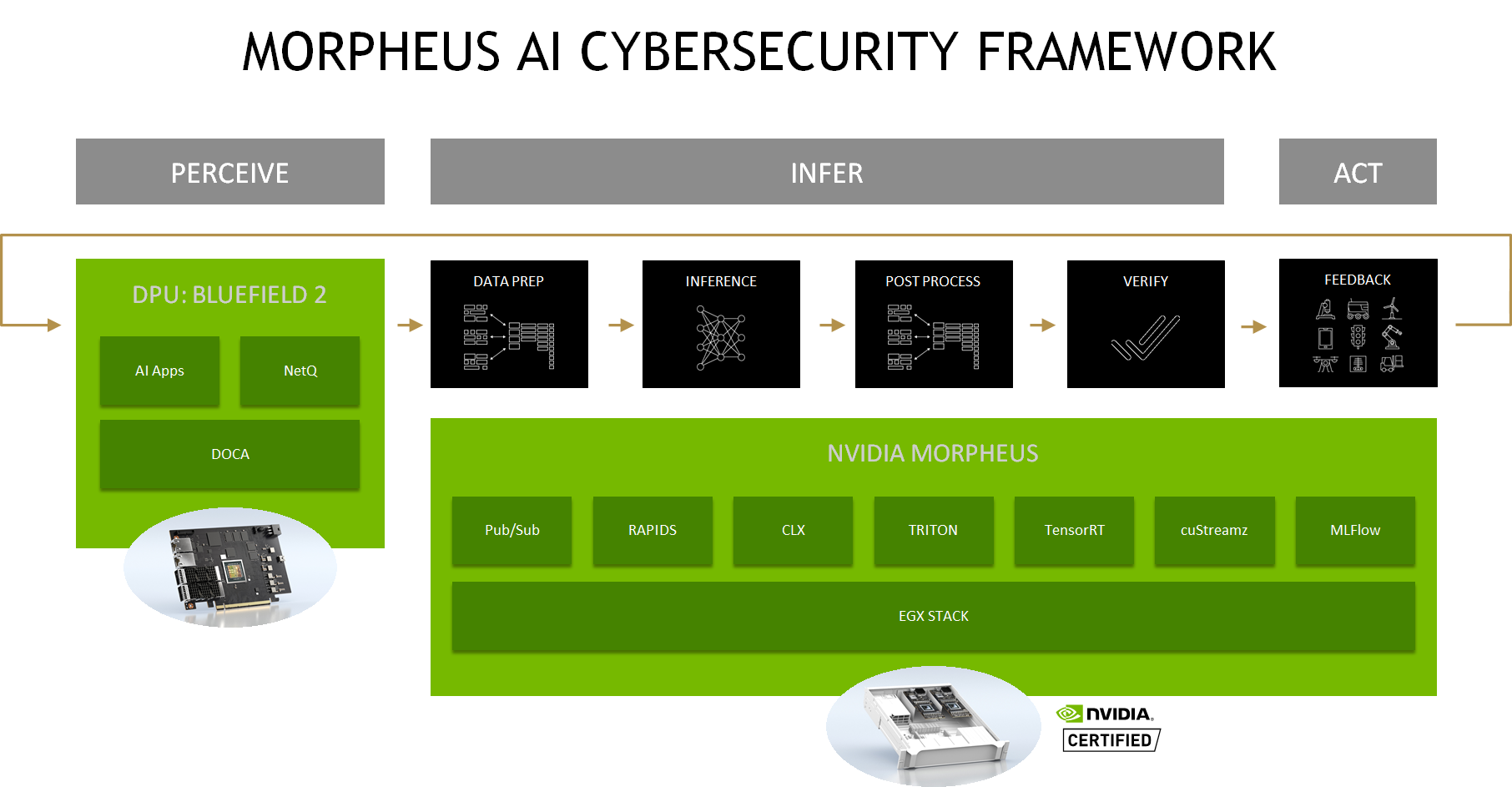Neudefinition der Cybersicherheit am Rand der verteilten Cloud mit KI und Echtzeit-Telemetrie


ASH BHALGAT, NVIDIA
Die veränderte Anwendungslandschaft führt zu neuen Angriffsflächen und neuen Sicherheitsrisiken
Die digitale Transformation und die Einführung von Cloud-Technologien schreiten in rasantem Tempo voran. Mit der digitalen Transformation sind Anwendungen zum Lebenselixier von Unternehmen geworden. Während sich Unternehmen an die Makrotrends anpassen, die uns alle betreffen, und einen Prozess der Anwendungsmodernisierung einleiten, verändern sich die Anwendungsarchitekturen: Sie werden API-orientiert, basieren auf Microservices und sind stark auf Automatisierung und Orchestrierung angewiesen.
Angreifer machen sich diese sich schnell verändernde Anwendungslandschaft mit neuen Angriffsmethoden zunutze, um die neu geschaffenen Angriffsflächen auszunutzen. Im Gegensatz zu den bisherigen Sicherheitsbedrohungen für Unternehmenskunden sind diese neuen Angriffskategorien hoch organisiert und finanziell motiviert. Angreifer verwenden bestimmte Taktiken oder Absichten, um auf bestimmte Vermögenswerte abzuzielen. Die folgende Abbildung zeigt eine Klassifizierung einiger der häufigsten fortgeschrittenen Bedrohungen basierend auf der „Absicht“ der Bedrohungsakteure. Wir sind mit den jüngsten Ransomware-Aktivitäten sehr vertraut und es gibt zahlreiche weitere weit verbreitete Bedrohungsaktivitäten, wie etwa die Arbeit des Bedrohungsakteurs TeamTNT, der darauf abzielt, Workloads in Cloud-Umgebungen zu kompromittieren.

KI-basierte Sicherheit verspricht schnelle Sicherheit
Bei dieser Art von Angriffen werden in der Regel die gängigen Sicherheitskontrollen wie Firewalls, Web Application Firewalls usw. umgangen. Für die Erkennung solcher Aktivitäten sind sehr viele Kontextinformationen erforderlich, die nahezu in Echtzeit korreliert werden können, um die aktuelle Bedrohungsaktivität zu ermitteln. Kurz gesagt: Die Erkennung erweiterter Bedrohungsaktivitäten wird mittlerweile zu einem Big-Data-Problem!
F5 ergänzt bewährte Sicherheitsmaßnahmen für das Web, Anwendungen, Firewalls und Techniken zur Betrugsbekämpfung und erforscht Techniken zur Erkennung solcher fortgeschrittenen Bedrohungen, die eine kontextbezogene Analyse mehrerer dieser Datenpunkte mittels groß angelegter Telemetrie und mit nahezu Echtzeitanalyse erfordern. Mithilfe von Algorithmen des maschinellen Lernens und der künstlichen Intelligenz werden anomale Aktivitäten in und um Anwendungen sowie in Cloud-Umgebungen erkannt, um die Risiken im Vorfeld anzugehen. Große Datenmengen stehen jedoch im Widerspruch zu den steigenden Erwartungen der Kunden an schnelle Leistung. Hier kommen die auf der NVIDIA BlueField-2 Data Processing Unit (DPU) basierende Echtzeit-Telemetrie und das auf NVIDIA GPUs basierende Morpheus-Cybersicherheits-Framework ins Spiel.
Cybersicherheit stellt besondere Anforderungen an die KI/ML-Verarbeitung:
- Aufgrund der schnellen agilen Entwicklung und kurzlebiger Arbeitslasten liegt der Schwerpunkt zunehmend auf unbeaufsichtigten Methoden wie Clustering oder Anomalieerkennung gegenüber Methoden, die menschliche Überwachung oder Kennzeichnung erfordern.
- Der zweite wichtige Aspekt ist die Erklärbarkeit. Dies muss teilweise im Kontext der Unterstützung der Kunden beim Aufbau von Vertrauen in eine Lösung gesehen werden, während ein falsch positives oder falsch negatives Ergebnis zum Verlust eines Kunden führen oder allgemeiner eine Prüfung oder Compliance-Prüfung auslösen kann. Empirisch gesehen ist eine zu 90 % wirksame und erklärbare Lösung für einen Kunden oft attraktiver als eine zu 95 % unergründliche Lösung.
- Der dritte und wichtigste Aspekt ist der „Gegnereffekt“, also die Tatsache, dass es gut finanzierte, intelligente und aktive Gegner gibt. Anders als beispielsweise bei der optischen Erkennung für autonome Fahrzeuge, bei der es sich bei der zu erkennenden Straßenschilder um einen statischen Satz handelt, sind bei der Sicherheit Menschen beteiligt – möglicherweise sogar KI-gestützte Menschen –, die Ihre ML-Lösung analysieren und kontinuierlich versuchen, sie aktiv auszutricksen oder zu umgehen.
NVIDIA Morpheus bewältigt neue Herausforderungen der Cybersicherheit
Mit der Einführung des Morpheus-Cybersicherheitsframeworks bringt NVIDIA die Leistungsstärke der KI-Datenwissenschaft in die Cybersicherheitsbranche. Die hochoptimierte KI-Pipeline und die vorab trainierten KI-Funktionen von Morpheus ermöglichen Entwicklern die sofortige Überprüfung des gesamten IP-Verkehrs im gesamten Rechenzentrumsnetz.

NVIDIA BlueField-2 DPUs beschleunigen Echtzeit-Telemetrie
Morpheus ist eine perfekte Lösung zum Aggregieren und Analysieren von Echtzeit-Netzwerkdaten von jedem DPU-erweiterten Server . Gleichzeitig entlasten, beschleunigen und isolieren BlueField DPUs unternehmenskritische Infrastrukturfunktionen. Morpheus empfängt riesige Mengen an Netzwerktelemetriedaten von den Agenten, die auf der NVIDIA BlueField DPU laufen, und kann über diese riesigen Datenmengen hinweg Echtzeit-Inferenzen durchführen. Morpheus kann dann aus den Rohergebnissen der Inferenz Aktionen generieren, die an die DPU zurückgeleitet werden. Der bidirektionale Datenstrom zu und von Morpheus und DPUs ermöglicht kontinuierliches Feedback in Echtzeit, um Richtlinien zu beeinflussen, Regeln neu zu schreiben, die Sensorik anzupassen und vieles mehr.
Accelerated Inferencing erkennt Cyberbedrohungen schnell und effizient
Durch die Einbindung von GPUs in den Workflow-Prozess ermöglicht Morpheus Echtzeit-Inferenzen aus großen Mengen an Telemetriedaten. Die GPUs verarbeiten Daten durch Aufnahme, Vorverarbeitung, Inferenz, Nachverarbeitung und bieten Parallelisierung, um riesige Datenmengen durch die Pipeline zu bewegen. Indem Morpheus die Daten und Aktionen in überschaubare Stapel aufteilt und diese gleichzeitig ausführt, kann es mit dem Datenfluss aus heterogenen, dezentralen/verteilten und mobilen Quellen Schritt halten.
Morpheus verwendet Kafka, ein Publisher/Subscriber-Modell, um Daten an die Inferenzpipeline zu senden und Ergebnisse daraus zu erhalten. Das Morpheus-Framework besteht aus mehreren Bausteinen, darunter RAPIDS für die Datenverarbeitung, Cyber Log Accelerators für GPU-beschleunigte Open-Source-Cybersicherheitsprimitive, Triton und TensorRT als Inferenzserver, cuStreamz für beschleunigtes Lesen und Schreiben in Kafka und MLFlow, eine Open-Source-Bibliothek zum Laden neuer und aktualisierter KI-Modelle. Diese Technologien arbeiten zusammen, um alle Teile des Cybersicherheits-Workflows abzudecken.
Durch die Einbindung des Morpheus-Frameworks bietet F5 eine leistungsstarke Plattform zur Beschleunigung der Web- und API-Cybersicherheit auf jedem Server durch Echtzeittelemetrie und KI-gestützte Analysen für über die Cloud und den Edge verteilte Anwendungen.
Besuchen Sie uns bei NVIDIA GTC, um mehr über das Shape-Cybersicherheitsportfolio von F5 zu erfahren, das mit dem NVIDIA Morpheus-Framework und BlueField DPUs beschleunigt wird . Die Registrierung ist hier kostenlos möglich.